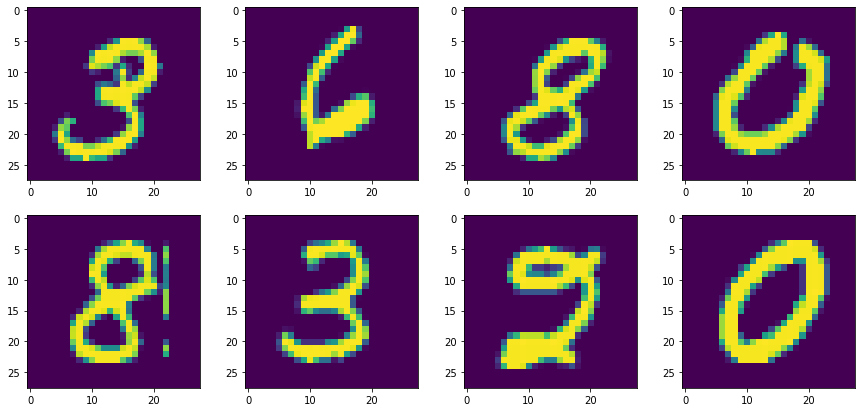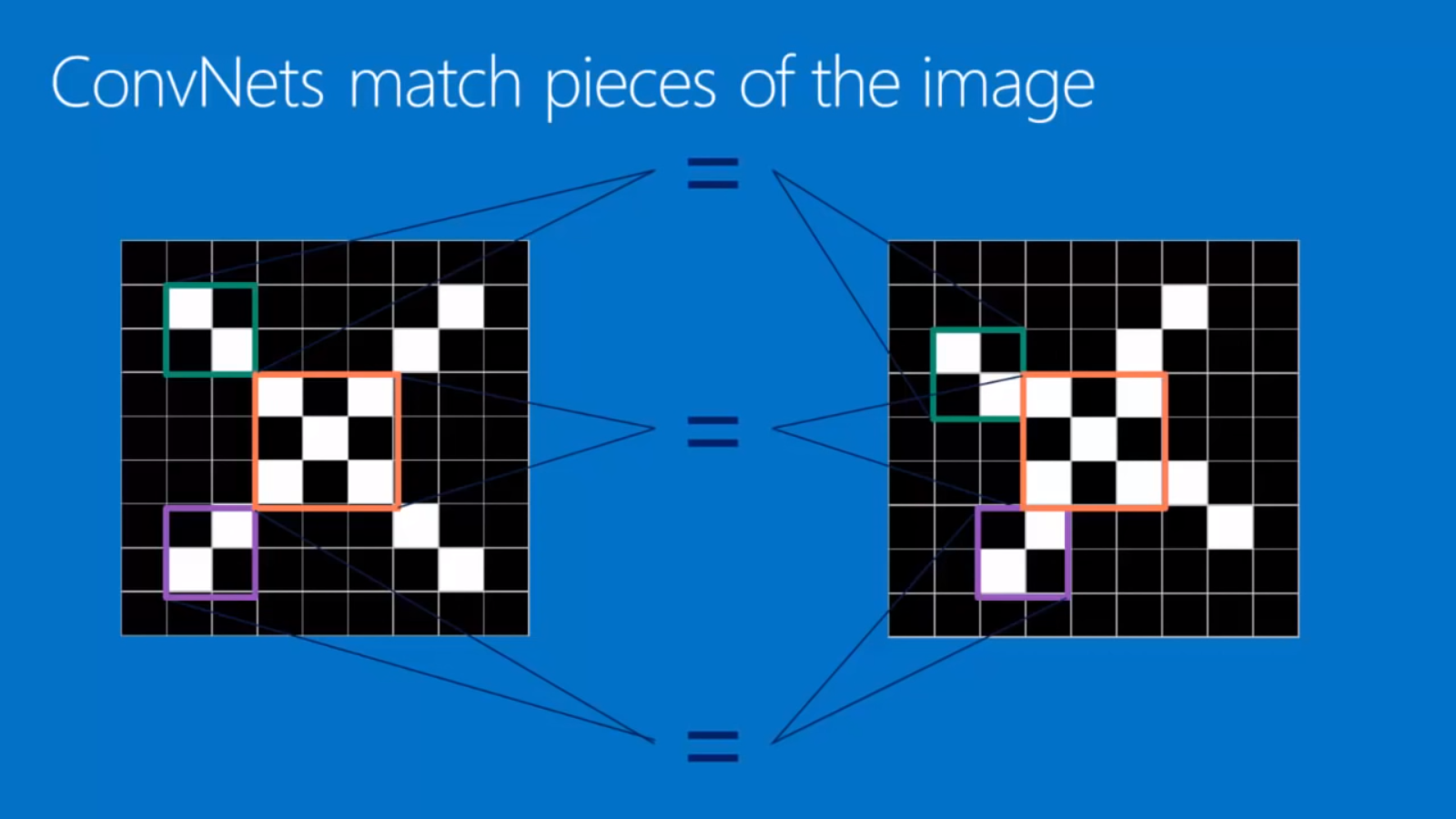In this note, I use iris dataset from Kaggle to learn how to use TensorFlow Estimators to construct a DNN model.
Estimator Steps
- Read in data (+ normalize)
- Train/test split
- Create feature columns
- Create estimator input function and estimator model
- Train estimator model
- Predict with test input function
- Evaluation

